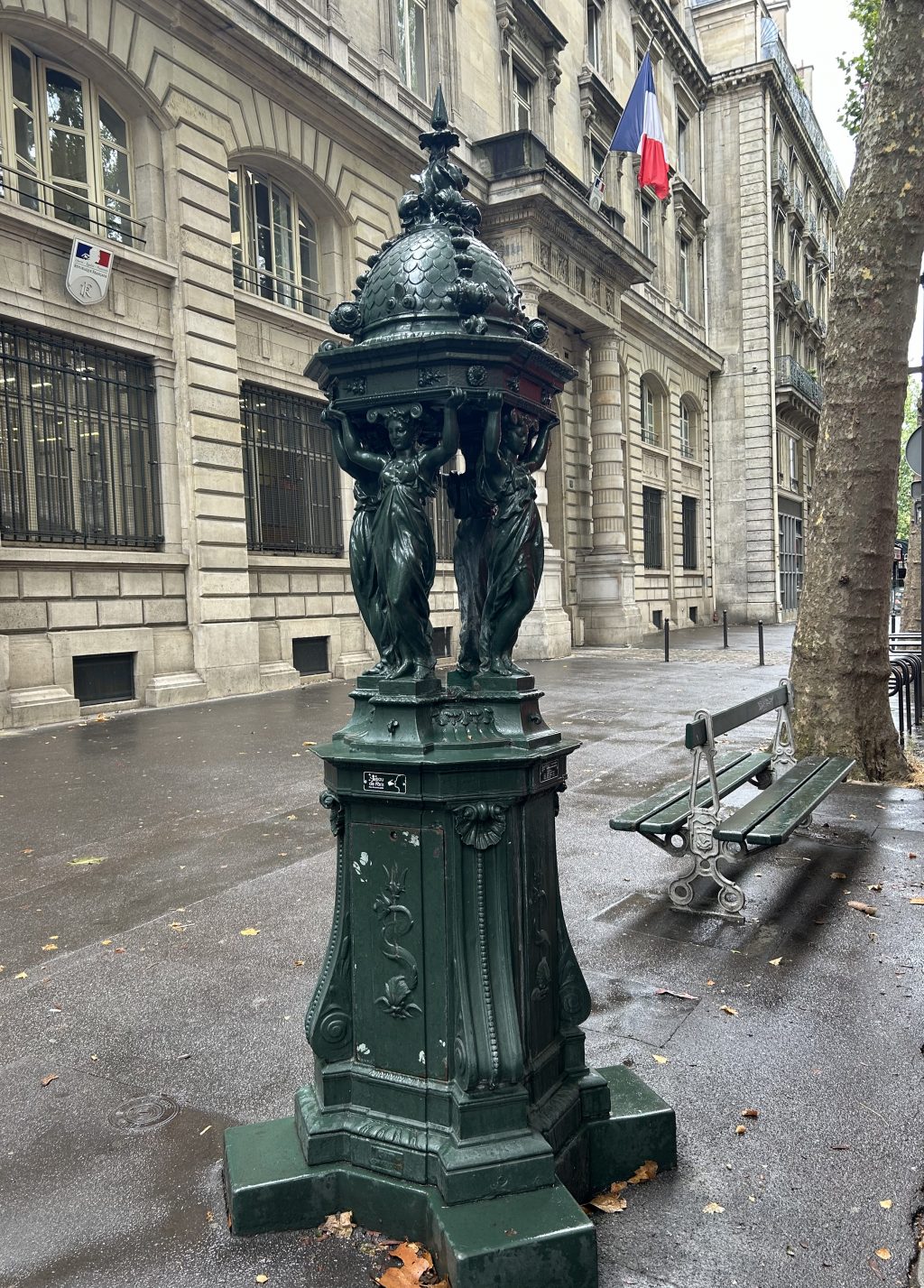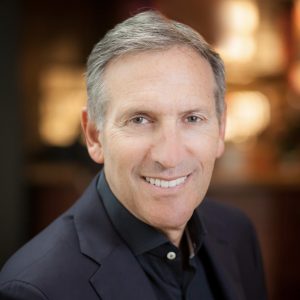Recently, in Paris, a customer left Shakespeare and Company, the iconic bookstore, and right out front filled her water tumbler straight from one of the multitude of elaborately ornamented 19th-century “Wallace” water fountains on the streets of this city. Refilling a water tumbler, whether in Paris, Manhattan, or anywhere else in the world, in some way encourages you to pat yourself on the back. This is not for ensuring that your thirst can be conveniently quenched but for being a supporter of the environment and community wellbeing.
Water is refreshing and invigorating when it is clean enough to drink and sufficiently abundant to allow the consumption of many ounces without the guilt of depleting resources. At the same time, it’s a precious commodity to be protected, not wasted.
There are plenty of public water fountains in NYC, located mostly in parks and refilling stations. According to NYC’s official website, “[the City] is committed to providing high quality drinking water to residents and visitors…Between 2015 and 2025, 500 water fountains and water bottle refilling stations will be installed and/or repaired across all five boroughs to encourage proper hydration and water bottle refilling.”
Among the most convenient unofficial refilling locations are Starbucks establishments. At the Starbucks location at 2045 Broadway between 70-71st Street, just as at other Starbucks, a thirsty soul or a conscientious and prepared walker or runner may stop at the counter and take off the cover to his/her tumbler to request ice water filled to the top. The barista will grant his/her wish without question.
Typically, these days in most restaurants, customers are asked if they want water and in many eateries they are offered the choice of bottled sparking, still or tap water. Nothing prevents you from pouring your glass into your tumbler.
But, Starbucks goes that extra refill mile to satisfy its customers, many of whom are regulars.
Howard Schultz founded Starbucks in 1987. After retiring, he has remained active in various roles at the company. And the vision and ideals he instilled early on in the company – about coffee – and commitment to environmental health and community vitality. Today, the Starbucks website notes in a section called, Caring for Our Planet & Our People:
 “When we take care of people, we take care of the planet. We’re donating 100M disease-resistant coffee trees by 2025 to help farmers and their communities, and committing to reduce our landfill waste by 50 percent by 2030.”
“When we take care of people, we take care of the planet. We’re donating 100M disease-resistant coffee trees by 2025 to help farmers and their communities, and committing to reduce our landfill waste by 50 percent by 2030.”
Starbucks’ website and a conversation with a spokesperson made it clear that perfecting coffee offerings goes along with advancing innovations that facilitate waste reduction and reduces pollution.
“Starbucks aspires to cut its climate, water and waste footprint in half and ensure all customer packaging is reusable, recyclable, or compostable by 2030. We have introduced multiple strategies to reduce our impact on the environment; in 2024 we began allowing customers across all Starbucks in the U.S. and Canada to use their own personal reusable cup for orders in-store, drive-thru, or mobile order and pay – including water refills. To further incentivize personal cup adoption, customers who use their own personal cups also receive a 10 percent discount on their order. We’ve also made strides with our improved single-use cold cups that utilize post-consumer recycled fiber and are made with up to 20% less plastic and incorporates our strawless lid design.”
Starbucks stated further, “We continue to improve our reusable cup experience with ongoing testing. We are currently testing a returnable cup experience at the Kraken Community Iceplex in Seattle, WA, and are leading a returnables test across the entire city of Petaluma, CA, in partnership with the NextGen Consortium.”
Beyond resource-positive strategies involving reusable cups distributed by Starbucks and their potential for the future. Many companies worldwide manufacture refillable tumblers. Much thought goes into their design. A popular example is the sleek black tumbler from Path, which comes filled with water. The product is succinctly described by the company:
“Ultra-purified, reverse osmosis filtered water is packaged in a naturally beautiful, affordable vessel that is truly kind to the Earth. Aluminum – sleek, lightweight, infinitely recyclable.”
One of the animated graphics on the Path website represents a very simple, continuously undulating wave – no underlying scolding message about waste or scarcity just an invitation to appreciate – water.
Shin Azumi, the well-known Japanese industrial designer in addition to home furnishings, also designed a travel tumbler for the Kinto company. His website describes his approach to designing the vacuum insulated container for coffee, water and other drinks. About its use for water? The Kinto website notes:
“Travel Tumbler is designed for people who lead a conscious and flexible lifestyle-for those who like to drink mineral water at the temperature that is just right for your body…”
Whether you bring your well-loved mug or designer tumbler to Starbucks to be filled with water – think as Starbucks does, that refilling drinking water containers means millions fewer trashed plastic cups and glasses overwhelming our earth.
NYS is thinking along these lines. According to an AI overview, “In January 2023, New York State Senate Bill S2981 was introduced to require restaurants to provide tap water, beverages, and leftovers to customers in reusable containers upon request. The bill would also prohibit the sale of single-use plastic beverage containers that are not made from at least 75% recycled material.”

 By
By